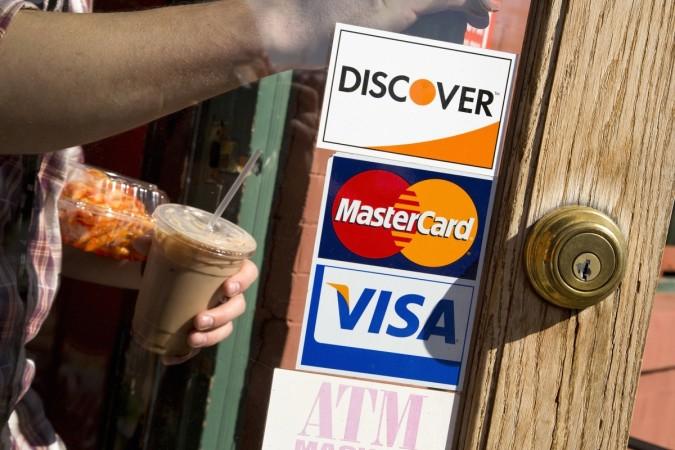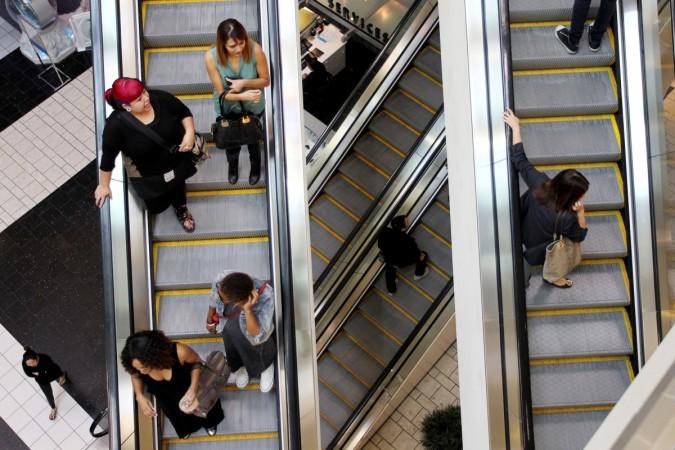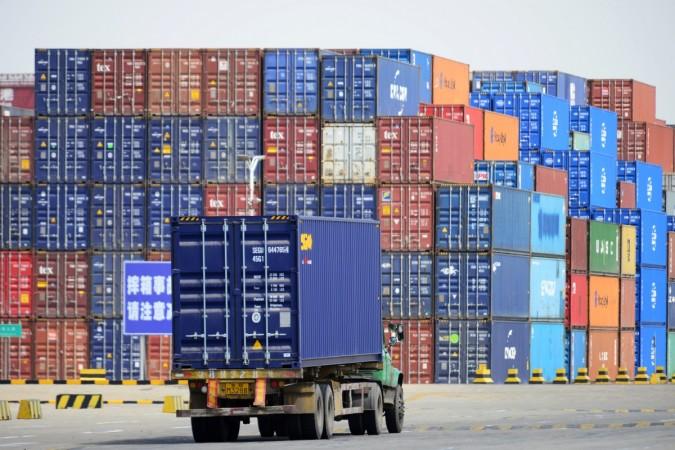
The U.S. economy grew at its fastest pace in nearly four years in the second quarter as consumers boosted spending and farmers rushed shipments of soybeans to China to beat retaliatory trade tariffs before they took effect in early July.
President Donald Trump, who ahead of Friday's release of the gross domestic product report had promoted the notion that second-quarter growth would be robust, declared victory. "We have accomplished an economic turnaround of historic proportions," Trump told reporters. "These numbers are very, very sustainable."
Gross domestic product increased at a 4.1 percent annualised rate also as government spending picked up, the Commerce Department said in its snapshot of second-quarter GDP. While that was the strongest performance since the third quarter of 2014, it was not the best since the recession ended in mid-2009.
January-March quarter GDP growth was revised up to a 2.2 percent pace from the previously reported 2.0 percent rate to account for updated information and methodology improvements.
Economists also cautioned against putting much weight on the surge in second-quarter growth as one-off factors, including a $1.5 trillion tax cut package, were behind the growth spurt. The soybean boost is likely to reverse in the coming quarters and the fiscal stimulus is seen fading in 2019.
"Pop the champagne today, but don't get used to it, growth going forward has a lot of headwinds," said Chris Rupkey, chief economist at MUFG in New York. "Unless you cut taxes again, there won't be additional tax cut monies to line company and consumer pocketbooks."

Strong growth in the April-June quarter likely keeps the Federal Reserve on course to raise interest rates two more times this year. The U.S. central bank increased borrowing costs in June for the second time this year and forecast two more rate hikes for 2018.
While trade war fears helped to boost output last quarter, import duties are seen undercutting economic growth, with higher prices for goods discouraging consumer spending and businesses shelving investment plans. Economists in a Reuters poll earlier this week predicted that growth will slow notably from here.
"The spring quarter could be the high water mark for growth," said Joel Naroff, chief economist at Naroff Economic Advisors in Holland, Pennsylvania. "That said, there is every reason to expect that growth in the second half of the year will still be in the 3 percent range."

Growth in consumer spending, which accounts for more than two-thirds of U.S. economic activity, increased at a 4.0 percent rate in the second quarter. That was the fastest in 3-1/2 years and followed the January-March period's stall-speed pace of 0.5 percent. Consumer spending is also being driven by a robust labour market, which created an average of 215,000 jobs per month in the first half of this year.

















